Last updated: December 5, 2023
Article
Wildlife in Winter: Survival Strategies
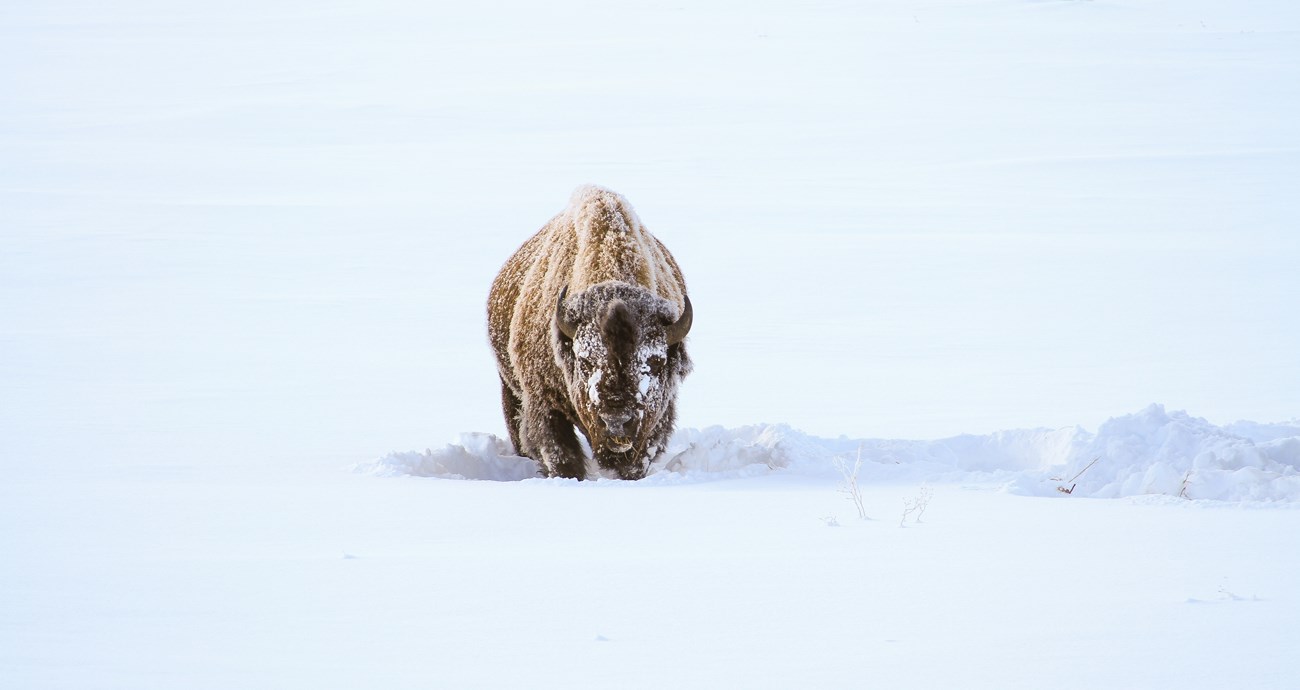
NPS / Dave Restivo
“Oh, the weather outside is frightful...”
When you think of winter, what comes to mind? Cold? Dark? Snow? Ice? Frost? In many regions across the country, the turn of the season brings frigid temperatures and harsh weather conditions. While we may head indoors to our cozy, climate-controlled homes when the weather turns frightful, wild animals don’t have that luxury. Instead, they use a few basic strategies to survive the worst of winter. Explore these survival strategies and learn a little more about the animals that use them.
Migration
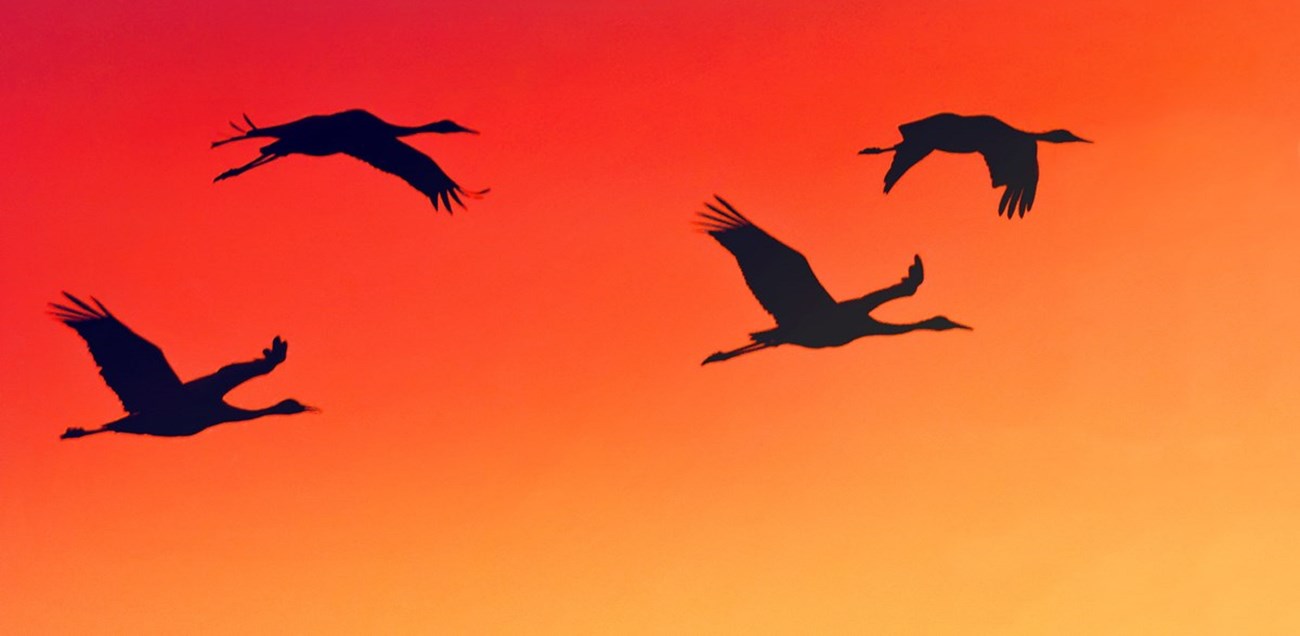
NPS Photo
Some animals respond to winter with a big, “NOPE!” Instead of toughing it out, they make an annual journey to more tolerable climes. Migratory animals sometimes travel thousands of miles by land, air, or sea to reach their winter destinations. Tiny monarch butterflies travel from all over the country to spend their winters in Mexico. Caribou have one of the longest terrestrial migrations, traveling over 2,000 miles! Humpback whales swim from Alaskan waters to Mexico or Hawaiʻi to give birth and raise their young in wintertime. But, not all migrations are as epically long as these examples. Some animals, like some ungulates and birds, make shorter migrations to lower elevations with less snow. This type of migration is called altitudinal migration.
Dormancy (Hibernation, Torpor)
If winter makes you want to hole up and get cozy, you’re not alone. Many animals deal with the cold temperatures and food scarcity of winter by laying down for a long winter’s nap! Well, not exactly a nap. They go into a state of dormancy in the winter. There are a few different types of dormancy, including hibernation. A true hibernator is an animal that reduces metabolism, slows heart rate, and lowers body temperature during dormancy. Explore how these animals use dormancy as their winter survival strategy.
-
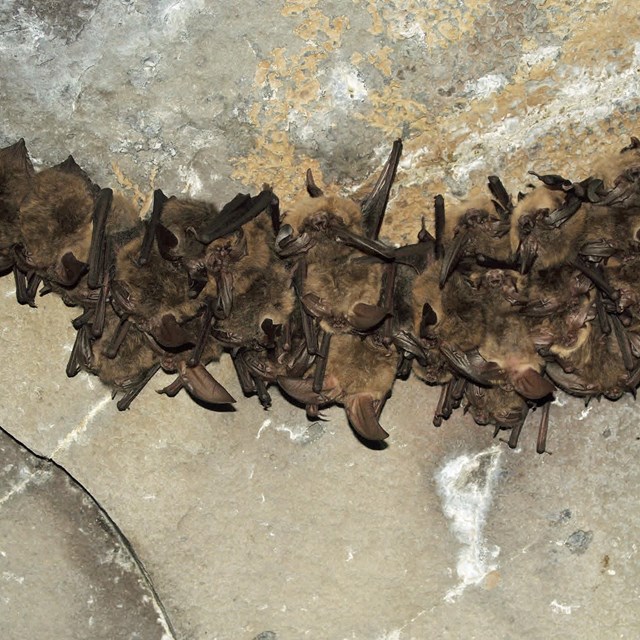 Bats
BatsSome bats get cozy in a cave, while others fly south for the winter. Find who will stay and who will go.
-
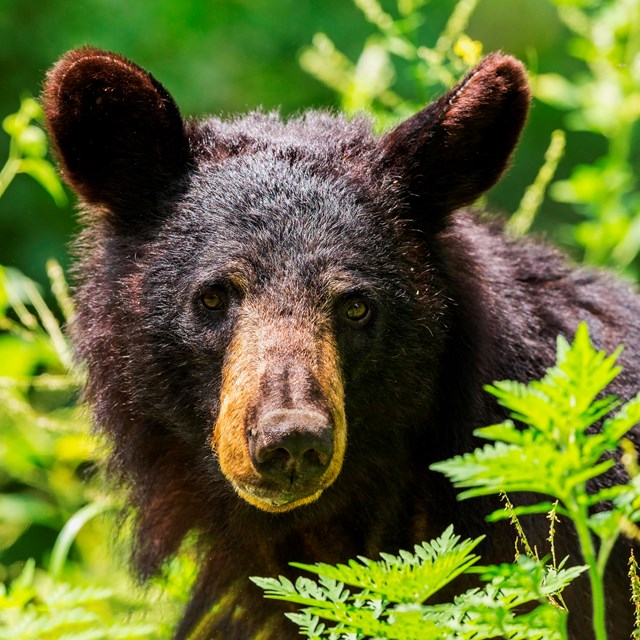 Bears
BearsBears store up fat in fall to prepare for winter dormancy. Discover how bears spend the fall and winter.
-
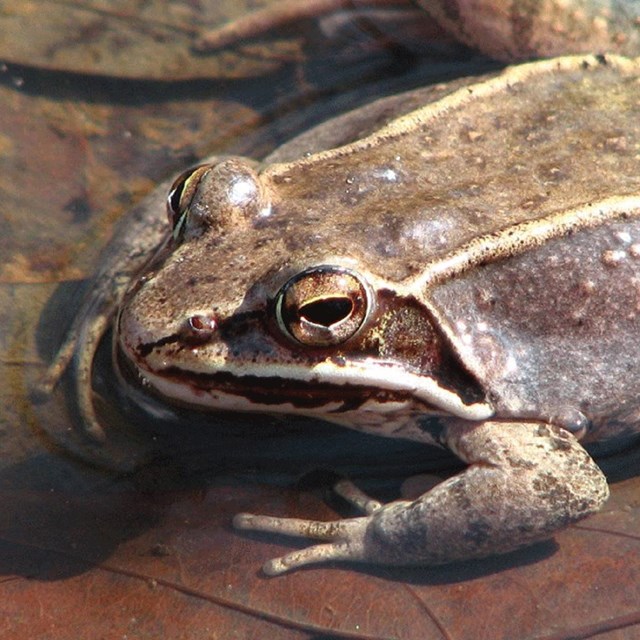 Wood Frogs
Wood FrogsWood frogs spend the winter frozen! Learn more about this biological oddity.
Adaptation
Instead of heading to warmer climes or holing up for winter, some animals persevere through the worst of winter weather. These animals develop special adaptations to their bodies and behaviors to survive. Some mammals will grow a thicker, warmer winter coat. The snowshoe hare (pictured below), long-tailed weasel, and ptarmigan change color in the winter for better camouflage in a snowy environment. Birds will roost with their heads tucked into their feathers to stay warm. See how animals in Yellowstone National Park adapt to survive the deep snow, cold temperatures, and short days of winter.
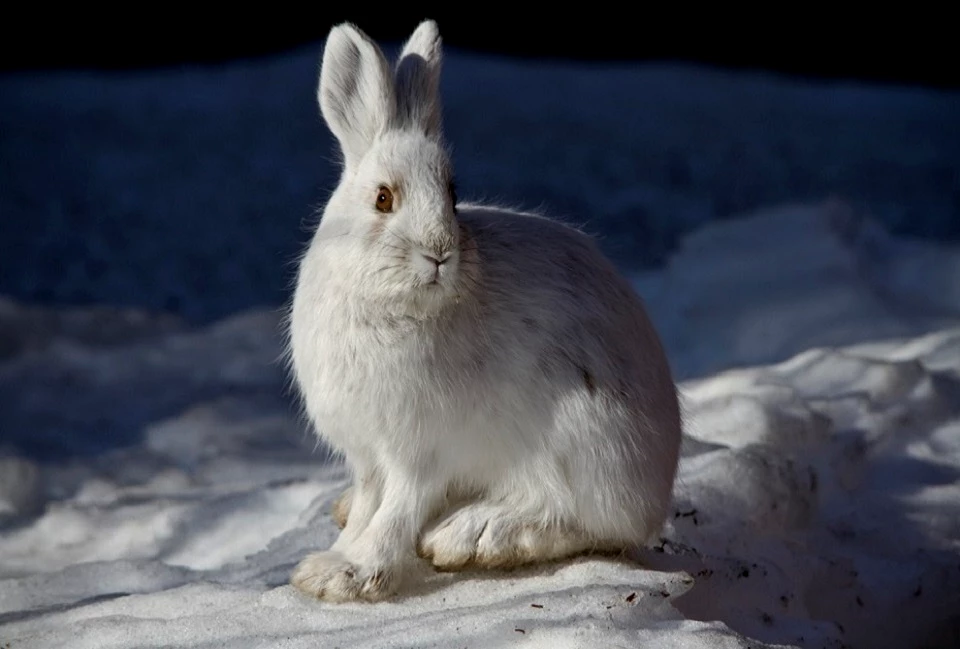
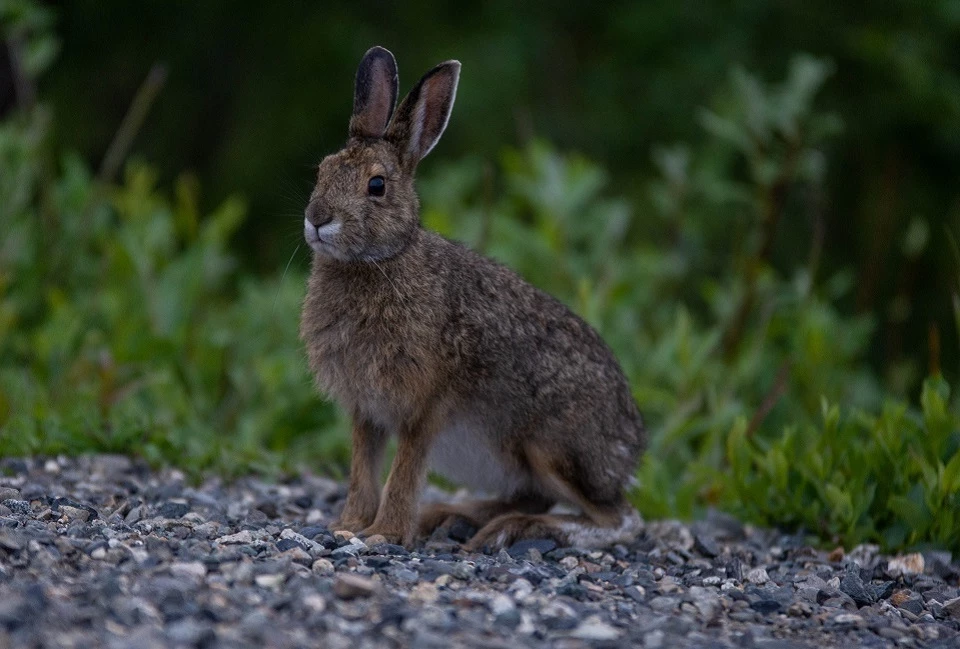
Left image
A snowshoe hare in winter.
Credit: NPS
Right image
A snowshoe hare in summer.
Credit: NPS
What About You?
Does your behavior change in the wintertime? Do you migrate to warmer climes? Do you cozy up at home and count down the days until spring? Or maybe you adapt to the cooler temperatures by donning winter gear and heading outdoors? However you like to spend the winter, know that spring is always just around the corner.
